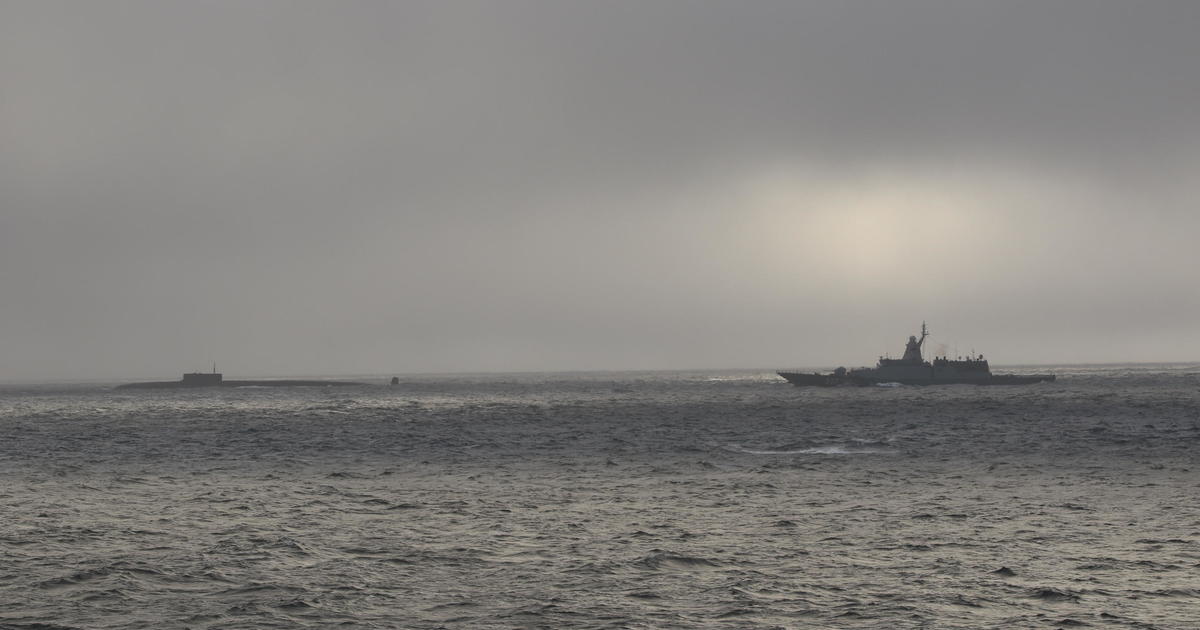The U.S. Coast Guard said Monday that it tracked a group of Russian naval vessels, including two submarines, as they crossed into U.S. waters off Alaska in an apparent effort to avoid sea ice, a move that is permitted under international rules and customs.
Crew of the U.S. Coast Guard cutter Stratton witnessed the Russian military vessels cross the maritime boundary and venture 30 miles inside an area extending beyond U.S. territorial waters known as the U.S. Exclusive Economic Zone, the Coast Guard said in a news release.
…
There have been several similar encounters in recent months. Last month, a U.S. Coast Guard cutter on routine patrol around Alaska’s Aleutian Islands came across a Russian ship in international waters but within the U.S. exclusive economic zone.
On July 6, the Coast Guard while on patrol spotted four Chinese military ships north of the Amchitka Pass in the Aleutian Islands in international waters, but also within the U.S. exclusive economic zone, officials said.
And on July 24, the U.S. military intercepted two Russian bombers and two Chinese bombers flying together in the Alaska Air Defense Identification Zone. The bombers were intercepted by U.S. and Canadian fighter jets and were not seen as a threat, according to North American Aerospace Defense Command.



Say when, Russia. Just say when.
So, not my area of expertise, so take this with a grain of salt, I doubt that Russian surface vessels are going to do much in a war with the US, or to last very long. Dispersing them from their port would potentially be a good idea, to help make them harder to hit at one go, but I don’t think that it buys Russia much to move surface vessels near American coastlines.
It might be advantageous to move Russian ballistic-missile submarines close to US shores if Russia wanted to do a first strike, albeit not a game-changer. SLBMs can, in theory, be used to do depressed-trajectory shots, where instead of flying above the atmosphere, they push through the dense atmosphere and can achieve pretty short flight times on near-to-coast targets.
https://scienceandglobalsecurity.org/archive/sgs03gronlund.pdf
But the real problem for Russia isn’t a disarming strike on American ICBM silos and air bases, but rather countering the American SLBMs at sea. To do a first strike on the US, Russia would need to either (a) have some sort of way of taking out US ballistic missile subs prior to them launching a counterstrike, which probably means needing to be able to locate them, or (b) be willing to absorb their response. And it’s a pretty good bet that Russia isn’t willing to do (b) in anything other than in pretty extreme scenarios.
Setting aside the military issues, legally, Russia putting ships there is a non-issue; Russia can sail warships around in the American EEZ (up to 200 nmi offshore) all they want, just not the territorial sea (12 nmi offshore).
https://en.wikipedia.org/wiki/Territorial_waters